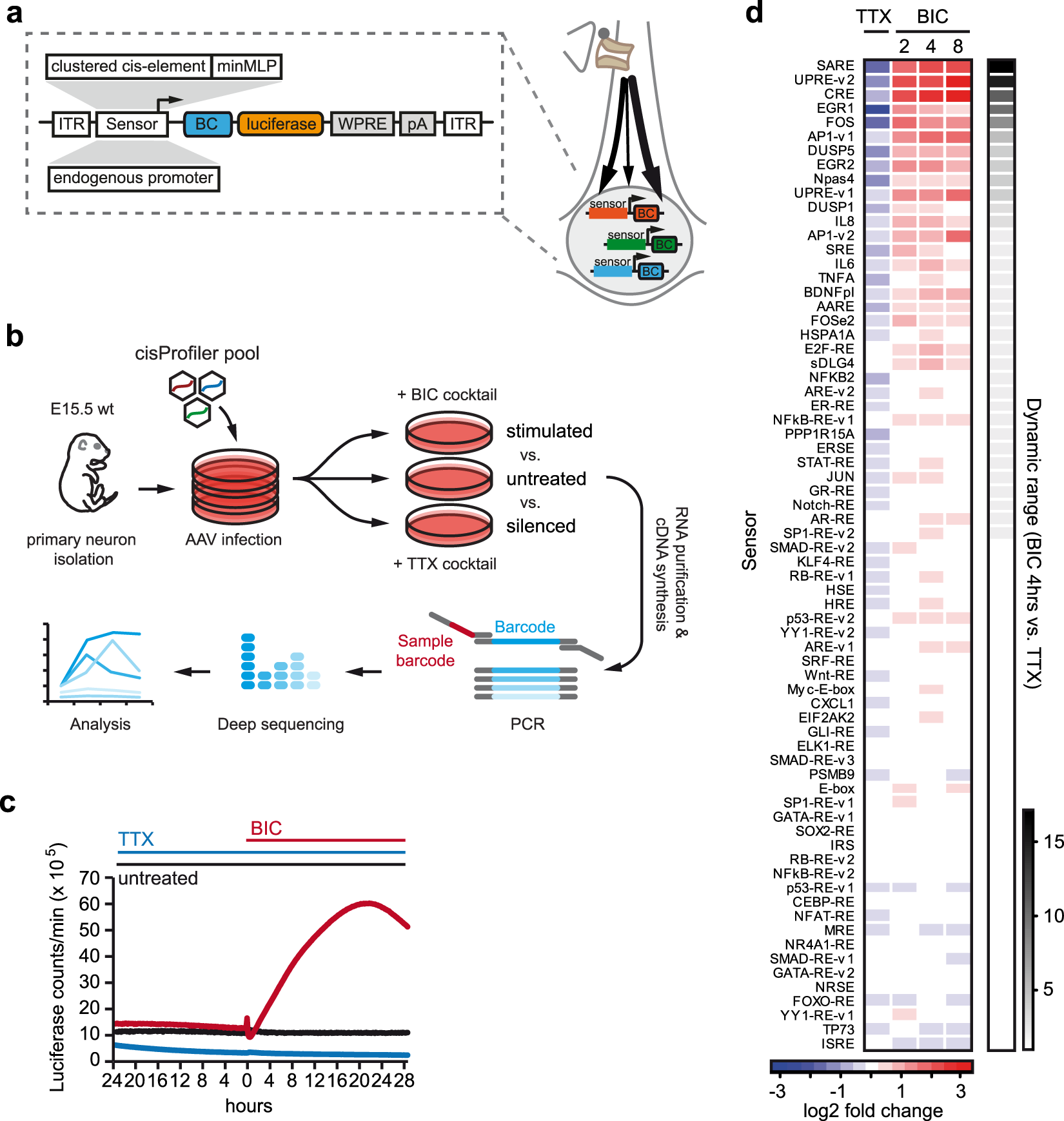
Matrix notation and algebra is simplier.R can read/open multiple datasets into memory, making tasks such as merging easier (though this is now possible in the just-released Stata 16).Functions are vectorized which adds to computational efficiency.Nonetheless, it is still useful in pointing out some of the main differences between the two languages: And we’ve decided R to be the best starting point, for the reasons listed above. Ideally, you would know both languages and employ the own better suited to your (or your supervisors/co-authors!) needs. This also makes the decision whether to use R or Stata in an introductory, graduate-level econometrics course not an easy one to make. And though the use and popularity of R is growing among economists, most empirical work in economics is still done in Stata (due to its long history with applied economists). Stata is perhaps the most natural comparision to R, at least for economists. And because R as a leg in the world of statistics, and a leg in the world of general-purpose programming, you can (somewhat easily) transfer your knowledge to learning Stata or some general-purpose language ( eg Python), should you need to (because you’re an RA and your supervisor insists on using Stata) or want to (because you find you enjoy programming and you find R too purpose-built). This makes having a basic understanding of R a useful skill for your life after university.

#LMU SPSS CODE SOFTWARE#
With proprietary software (such as Stata), you need to buy a licence to run the software, which can be a hurdle to experimenting with the software on your own.
#LMU SPSS CODE INSTALL#
This makes it easy to install on your own computers and follow along at home, in the library, or in a café.
#LMU SPSS CODE FREE#
#LMU SPSS CODE CODE#
Because R has its foundations in statistics, it is possible to write clear and concise code that others will be able to understand what you are doing relatively easily. This is important when others (including your future self!) want to replicate your results. But it will encourage (read: force) you to write out everything you do in your analysis. For those just beginning, that may be a little frustrating at first.

To the latter point: if you plan to work in an economics-related field after you graduate, be it in academia or in the private sector, you will need to work with data. You may also be wondering why we even need a programming language for economics at all! Most of you come from one of the following backgrounds: i) you have no programming experience, ii) you’re familiar with Stata (or another statistical software like SAS or SPSS), iii) you’ve used other general programming languages before, or iv) you already know R! Except for those of you in iv), the rest may be wondering why we choose to use R for this course rather than (the default) Stata or something else. Statistical estimators are usually released in R before they make their way to other statistical software. It has a large user community that is continuously adding to its collection of external libraries and expanding the base functionality of R. Owing to its foundations in statistics, it has many useful capabilities out-of-the-box. R is an open-source programming language with a focus on statistical computing.



 0 kommentar(er)
0 kommentar(er)
